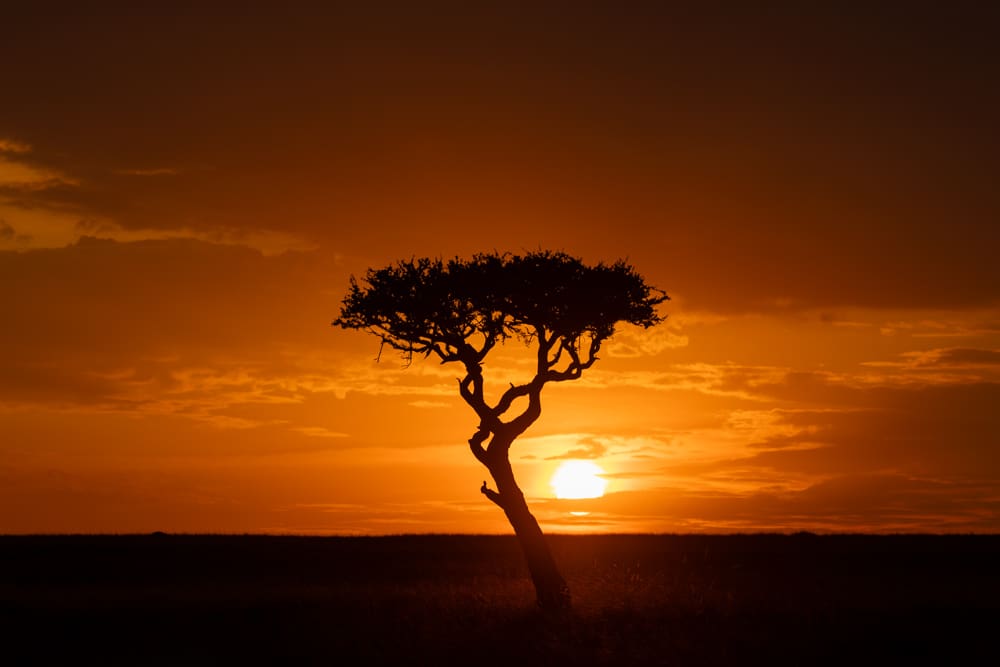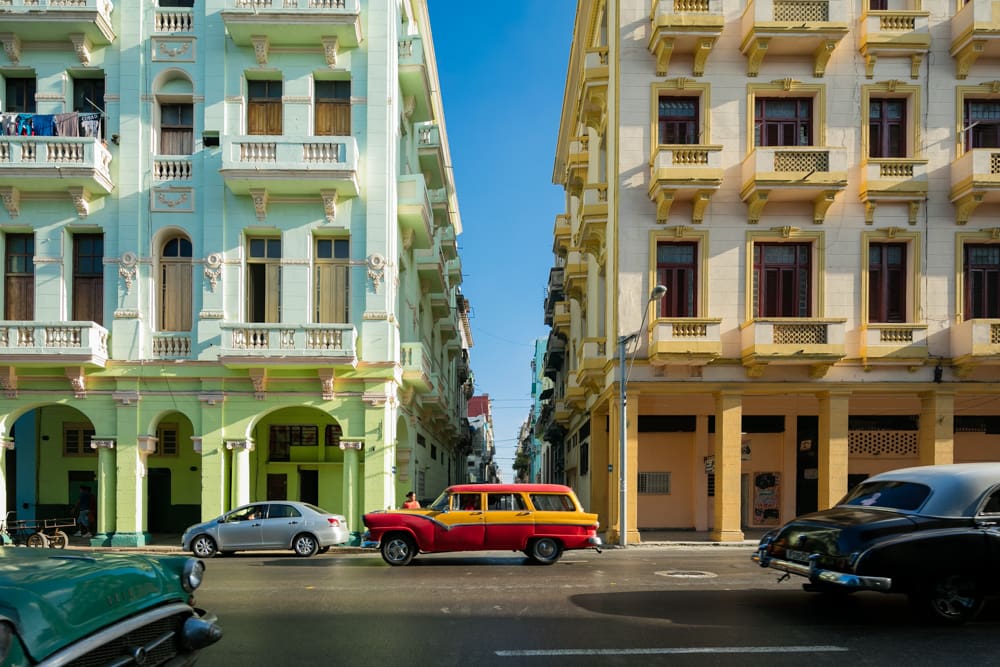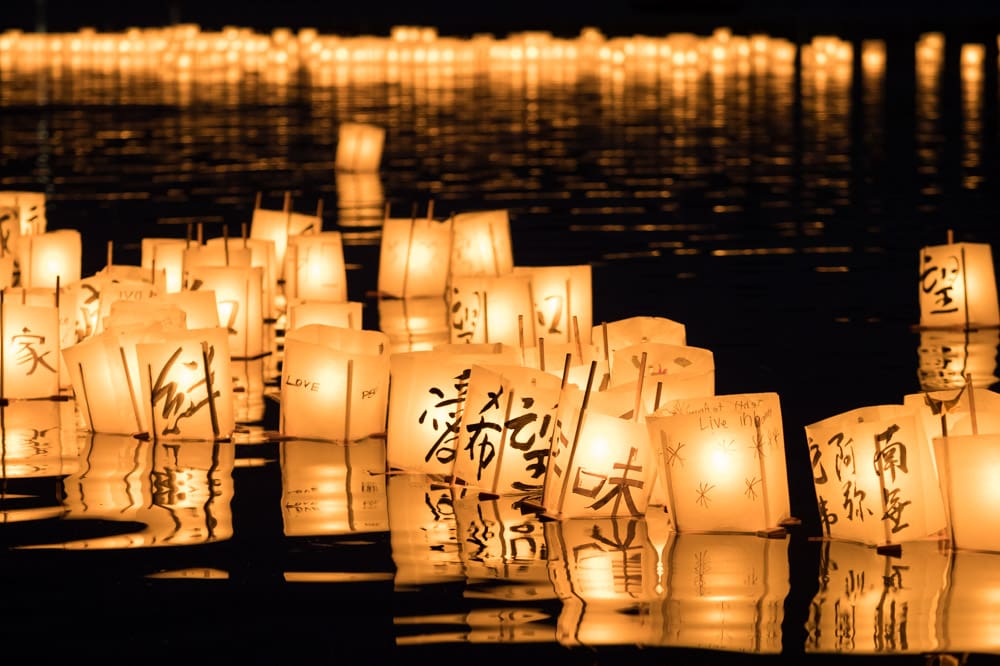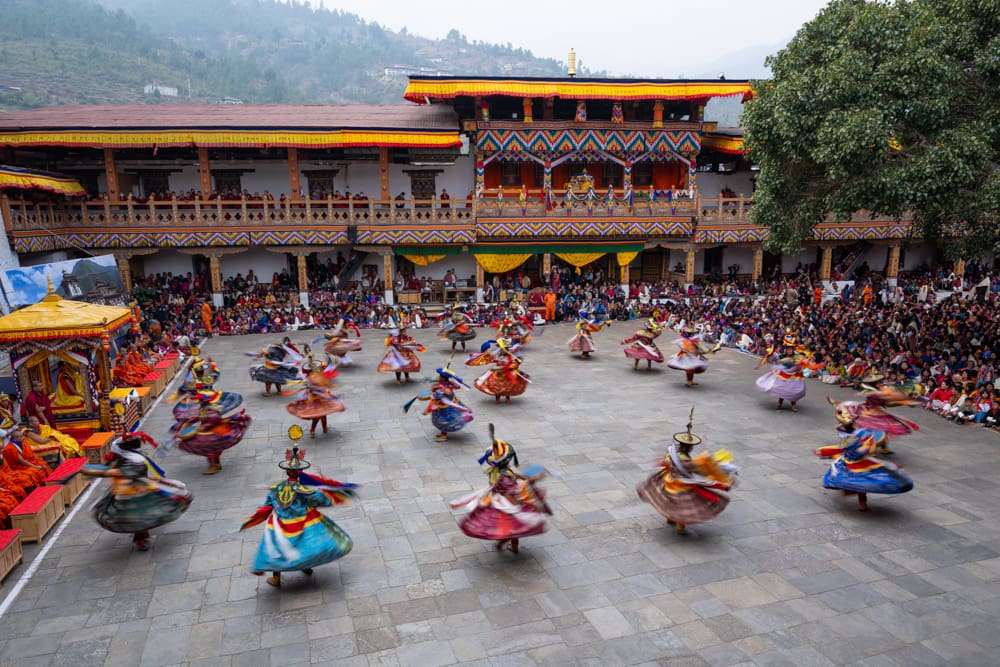Long-time readers will know that I don’t play favorites when it comes to cameras. I believe that virtually every camera on the market today offers the modern photographer a fantastic and diverse opportunity for taking great photographs. Personally, I enjoy shooting and exploring the photographic opportunities with a wide variety of brands and cameras. But like my love of travel, I too like to have a comfortable home to come back to.
In the world of cameras, my home has been with the Canon EOS 5 series for 20 years. From the 5D to R5 Mark II, this line of cameras has provided a high quality platform from which to work, with a variety of lenses and with a highly refined feature set.
The Canon 5-series
- EOS 5D (2005)
- EOS 5D Mark II (2008)
- EOS 5D Mark III (2012)
- EOS 5D Mark IV (2016)
- EOS R5 (2020)
- EOS R5 Mark II (2024)
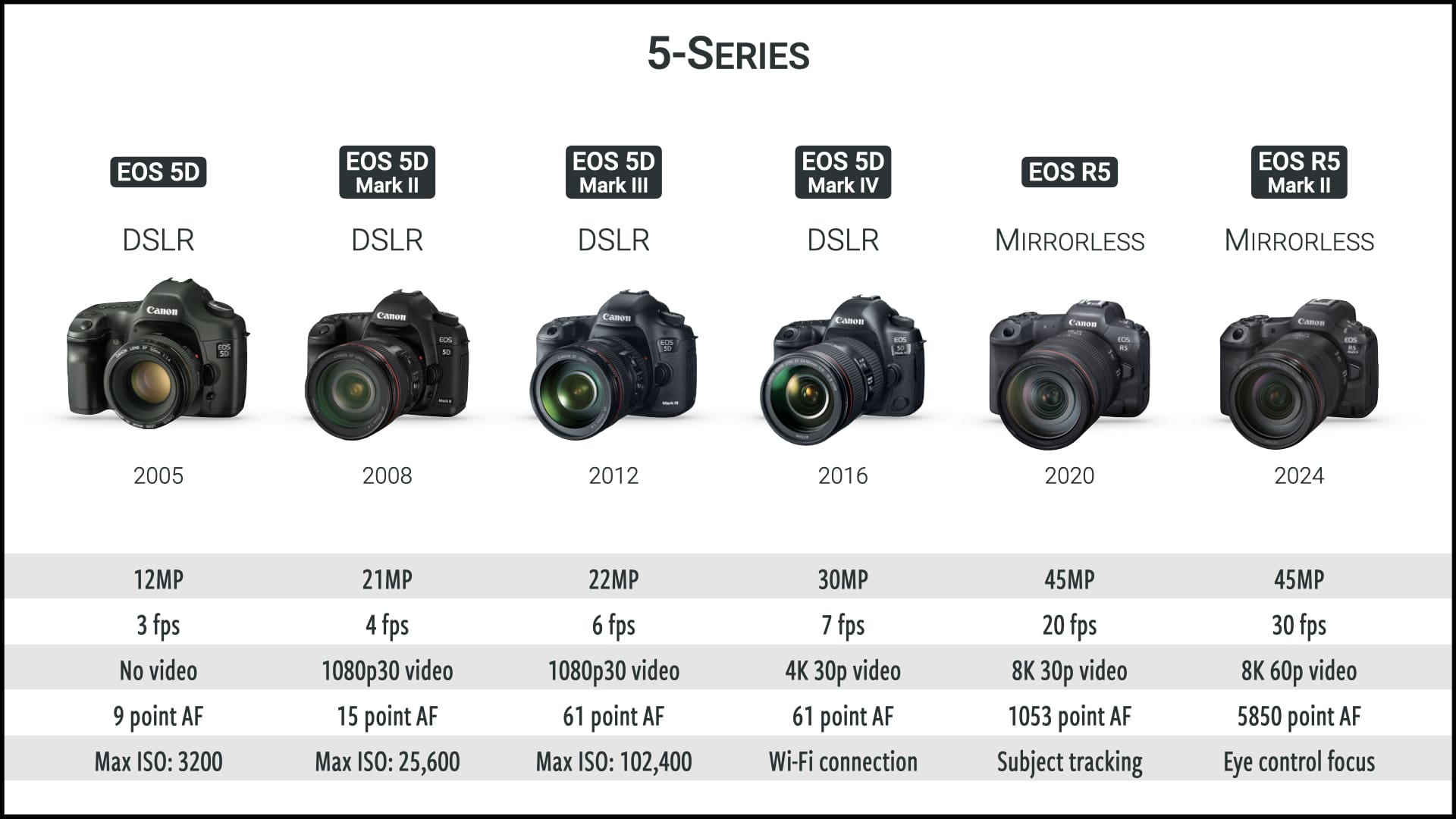
A reoccurring joke I’ve heard is that every four years Canon introduces a camera that is four years out-of-date. It’s funny, because there’s a lot of truth to it. The 5-series has been less about innovation and more about refinement. Some would argue that Canon needs to make more radical changes to the camera or add exciting new features never seen before. The 5-series to many is boring; yes good, yes capable, but boring.
I believe Canon has heard all this talk, and knows what they are doing with their smooth ergonomics and highly curated feature set. Professionals and serious photographers alike purchase a 5-series camera because they don’t want any drama, they just want to take great photographs.
Canon EOS 5D (2005)
It was 2006, I was shooting exclusively with Nikon and I got a job working with Art Wolfe as a member of the TV production team working on “Travel’s to the Edge”. The show was sponsored by Canon, and there was no way I would be allowed to shoot Nikon while on the crew.
Canon offered to supply the crew with whatever they wanted, so I immediately put in an order for two 5D cameras, and a collection of holy trinity lenses – (16-35mm f/2.8, 24-70mm f/2.8, 70-200mm f/2.8). For travel abroad and to exotic locations my personal photography travel rule is: don’t travel abroad with only one camera. While I’ve never had a camera stolen, broken, or lost while traveling, I’m not waiting to learn from that mistake.

CANON 5D, EF 16-35MM F/2.8L @ 33MM | F/5.6 | 1/60 SEC | ISO 100
Traveling with two cameras is a must for a serious photographer. One can lie in waiting back in the hotel room should tragedy happens out in the field. For fast moving events or inclement weather that makes changing lenses unwise, two cameras are the best way to work. Should one camera be dedicated to a time-lapse or video, a second camera can be by your side.
Over the course of two years we traveled countless miles to multiple continents and the 5D was the perfect camera for me. Switching from Nikon to Canon was easy for me, seeing how I had previously been working at Glazer’s Camera, where I was intimately familiar with everything on the market.
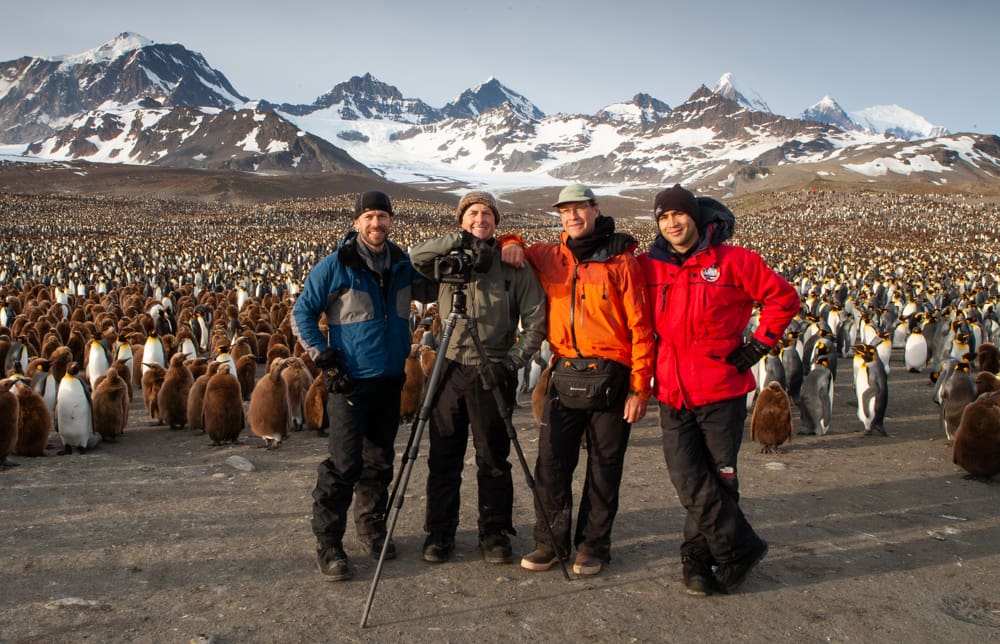
The “Travels to the edge” crew – John, Art, Karl, Sean
CANON 5D, EF 24-70MM F/2.8L USM @ 24MM | F/22| 1/10 SEC | ISO 100
The original 5D was pretty revolutionary at the time, it may not have been the first full-frame digital camera, but it was the first that was accessible (financially) to a wide segment of the photographic community. It was marketed as the first compact full-frame camera. Back in 2005, Nikon had not starting making full-frame cameras, Sony wasn’t in the photographic business, most companies were focused on digital point and shoots, and Canon’s previous full-frame offering (EOS 1Ds Mark II) sold new for $8,000 (and that was 20 years ago).
Along comes Canon with a compact, full featured, full-frame camera for $3300. It was a huge hit – one that can still be heard today.
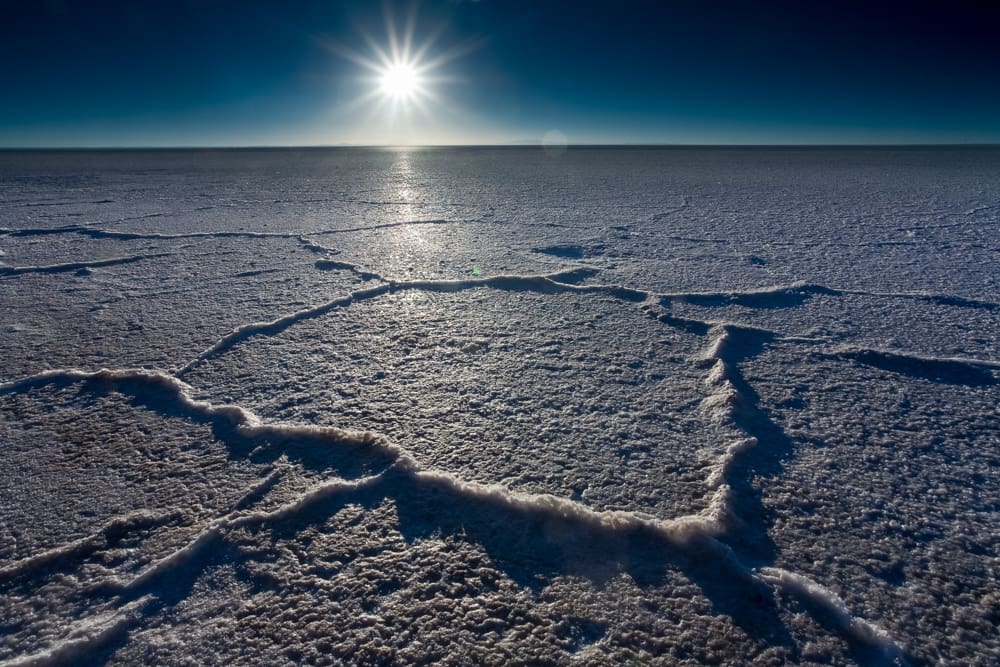
CANON 5D, EF 17-40MM F/4L USM @ 21MM | F/22| 1/60 SEC | ISO 100
Canon EOS 5D Mark II (2008)
The original 5D created a huge new community of photographers that ranged from working pros to enthusiastic amateurs with a passion for photography. Anticipation for the Mark II began early, and built to tremendous heights.
The increase in megapixels from 12 to 21 got photographers excited. The addition of HD video (1920×1080) created a whole new genre of users – cinema photographers. Hollywood quality video could now be created in a compact, mostly affordable, package unlike anything that came before it. (Yes, I know the Nikon D90 DSLR was first, but only by 3 weeks and it wasn’t full-frame.)
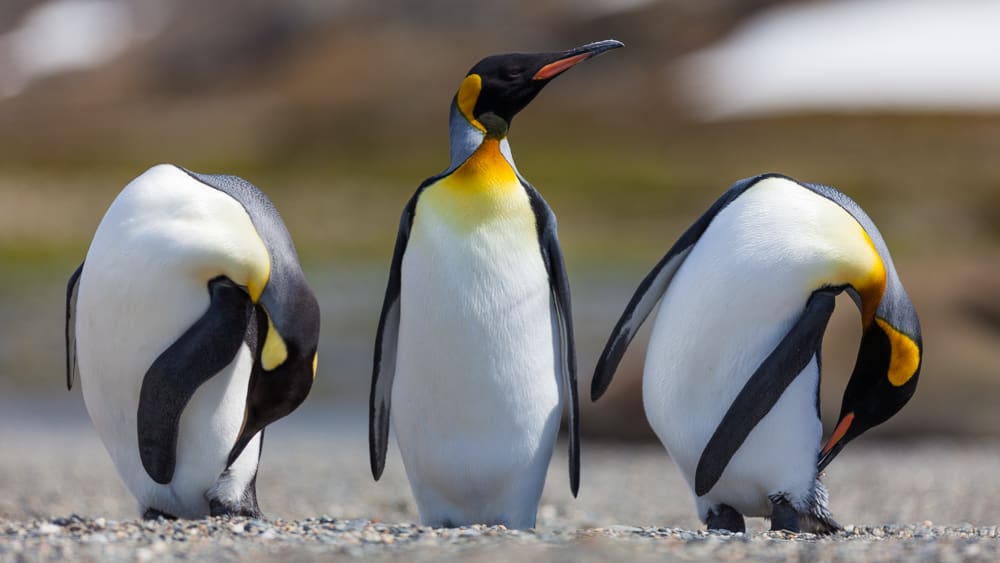
CANON 5D Mark II, EF 300MM F/2.8L IS USM | F/2.8| 1/2500 SEC | ISO 100
The 5D Mark II is the camera that started that common forum complaint — “why is there all this video junk in my still’s camera, take it out and sell me the camera for less money!” The fact is, adding video features probably makes the camera sell for less money than it would otherwise. The wider feature base appeals to a larger audience.
Timing is everything, the new video features were just in time for the new content creators to load videos onto the hot new website of the time – YouTube.
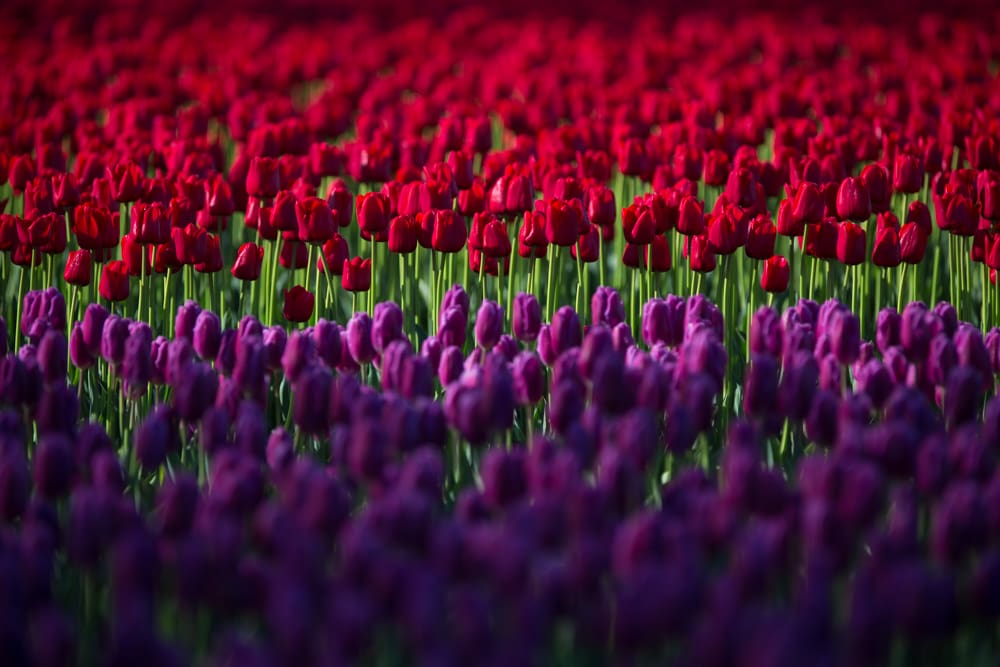
CANON 5D Mark III, EF 300MM F/2.8 + 1.4x III @ 420MM | F/4 | 1/200 SEC | ISO 100
Canon EOS 5D Mark III (2012)
Canon was on a roll, so of course anticipation was high for the third iteration of the 5-series. I recall being on a photographic trip in Glacier National Park, Montana. Rumors had been circulating about the new camera and a Canon press event was scheduled while I would be camping well off the grid. This was right about the time that I was starting to make camera classes and I knew that this was going to be a very popular camera.
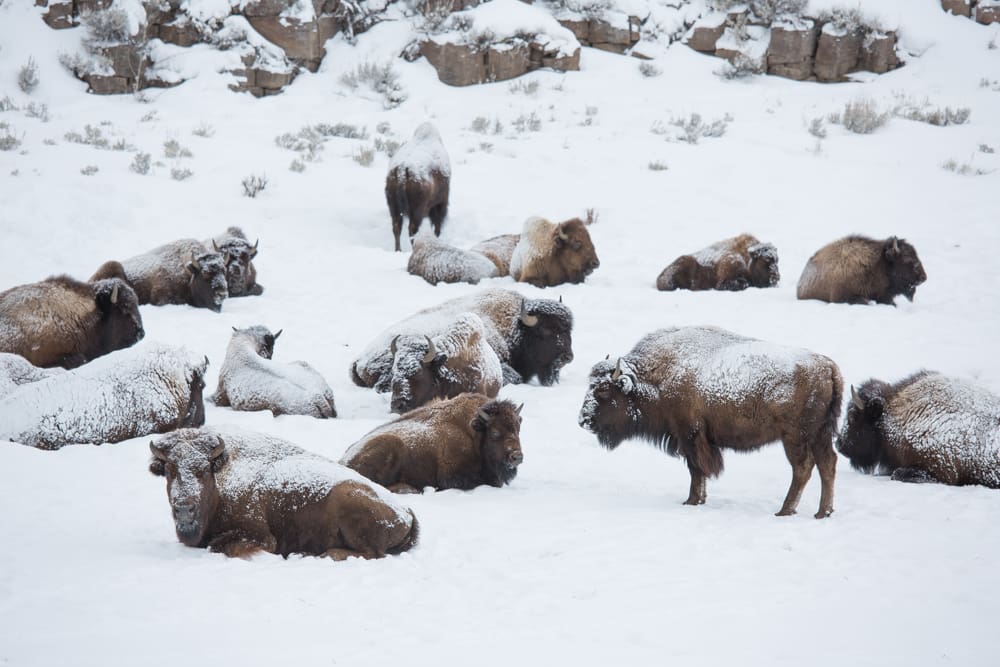
CANON 5D Mark III, EF 70-200MM F4L IS USM/@ 169MM | F/5.6| 1/200 SEC | ISO 100
To read the press release as soon as possible, I drove into town after dinner for the 9pm release. I kept moving locations as my cellular connection was very weak. I would hold my phone out of my car window hoping to catch a good signal.
This version, the Mark III, might have been one of the more lack luster iterations. There wasn’t anything specifically new or revolutionary this time around. It was about refinement, with better focusing and improved sensor readout with higher ISOs.
5D users (and other camera owners) would need to get used to the fact that not every new camera can be revolutionary.
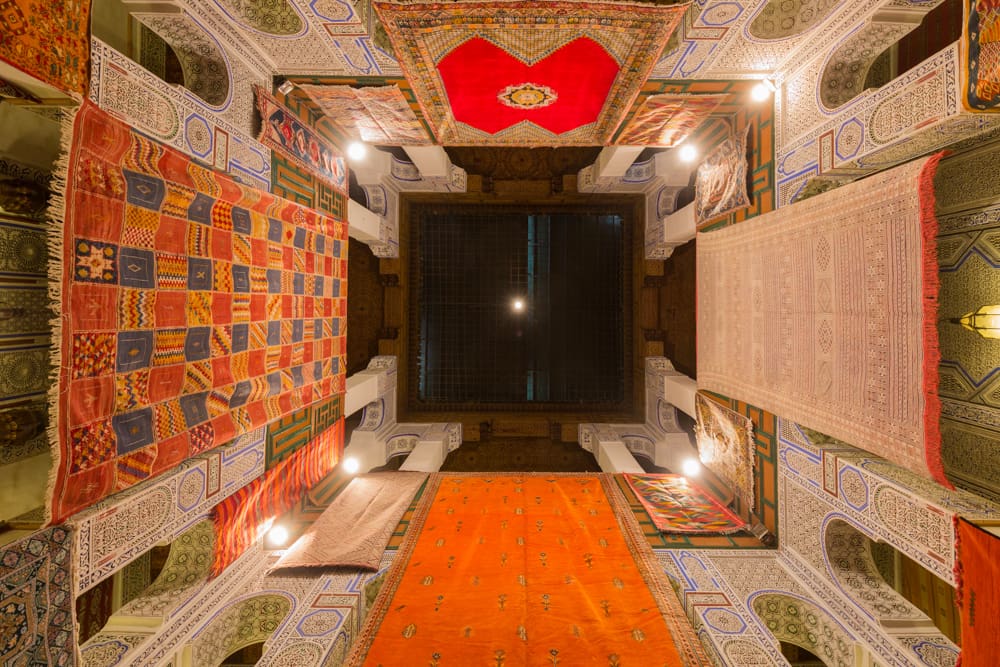
CANON 5D Mark III, EF 16-35MM F/4L IS USM@ 16MM | F/8 | 1/8 SEC | ISO 800
Canon EOS 5D Mark IV (2016)
The fourth generation had more refinement, including more resolution, better video, and a collection of smaller innovations. By this time, Sony had been producing full-frame mirrorless cameras for a few years and were starting to make a performance progress that would start to compete with Canon.
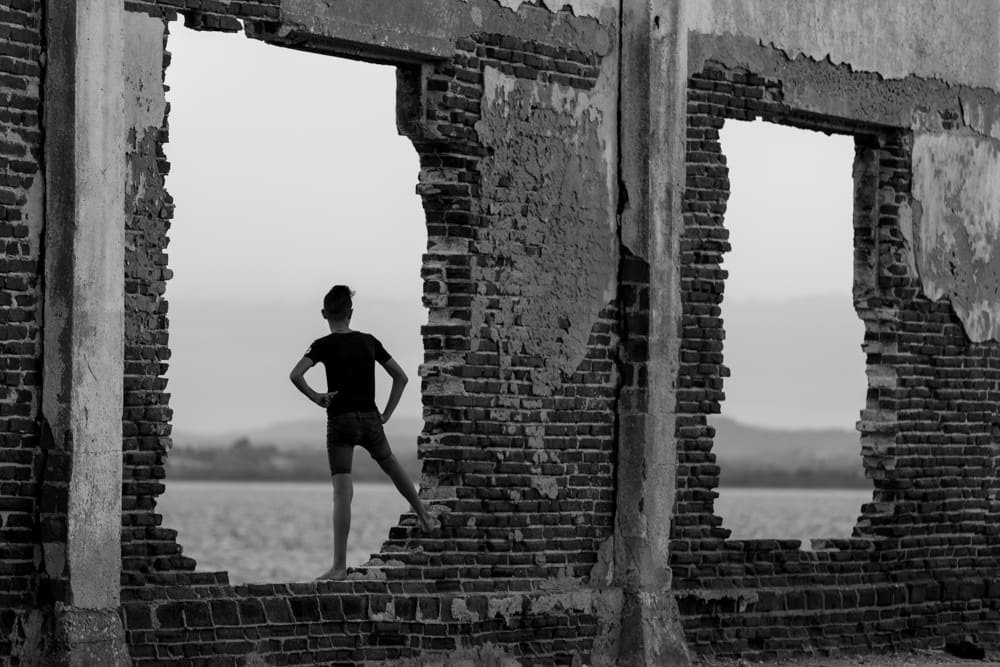
CANON 5D Mark IV, EF 70-200MM F/4L IS USM @ 192MM | F/4 | 1/125 SEC | ISO 125
Each generation was easily better than the previous and this would be the last and best of this DSLR group. I took my Mark IV on a number of international trips where it was an ideal tool for the job. I still have my Mark IV today; not sure if I can bring myself to sell it, it’s the greatest and grandest of the line.

CANON 5D mark IV, EF 24-70MM F/4 @ 50MM | F/22 | 1/80 SEC | ISO 200
Canon EOS R5 (2020)
The move to mirrorless was a shaky step as Canon launched the series with the EOS R; a camera that appeared at first to be the heir apparent to the 5D line. It offered a similar 30MP sensor and a host of features that sure looked like a 5-series camera. It didn’t live up to the expectations of the early adopters and many 5D owners decided to wait for a proper replacement.

CANON R5, EF 100-400MM F/4.5-5.6L IS II USM @ 100MM | F/5.6 | 1/60 SEC | ISO 200
Then along comes the R5 and Canon learned their early mirrorless lessons. They went back to two memory cards (the EOS R only had one), better weather sealing, better construction, and gave it more resolution. With a whole host of new capabilities, thanks to the mirrorless design, this felt like another revolutionary step.
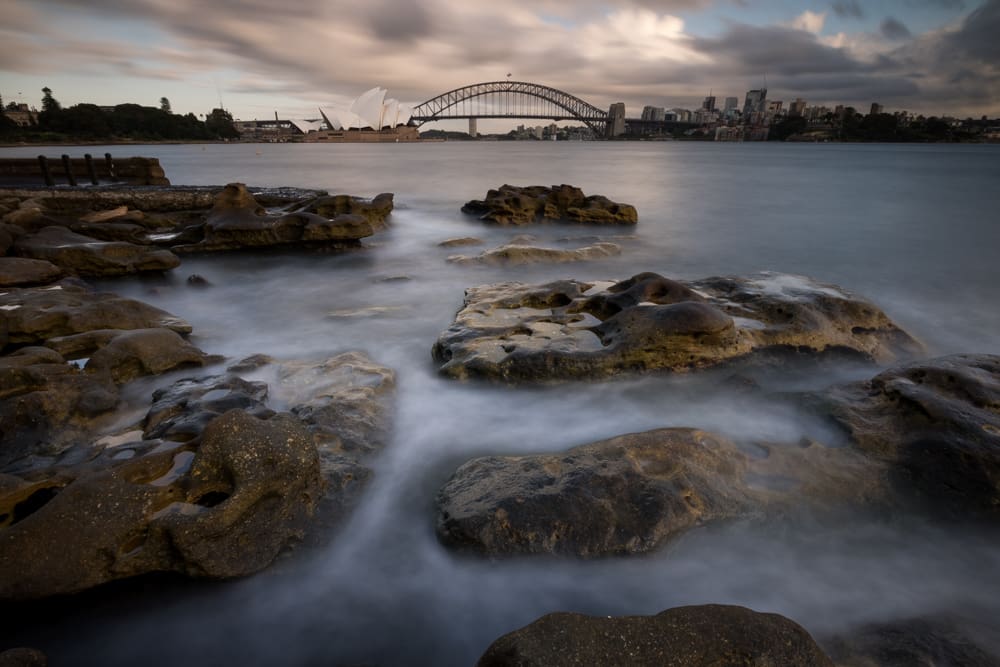
CANON R5, RF 14-35MM F4L IS USM /@ 17MM | F/22| 30 SEC | ISO 50
Canon EOS R5 Mark II
It’s hard to be revolutionary with every step you take, and Canon is back into it’s evolutionary improvements. To the uninitiated, the R5 Mark II looks the same as the original R5. The difference lies in AF improvements, the speed of the sensor and continuous shooting modes, and an expansion of the video recording options. They’ve made more menu changes than I’ve seen in a long time. Some menu items have been dropped for simplicity reasons and a whole new tab has been introduced that helps organize a collection of features that have historically been spread out all over the map.
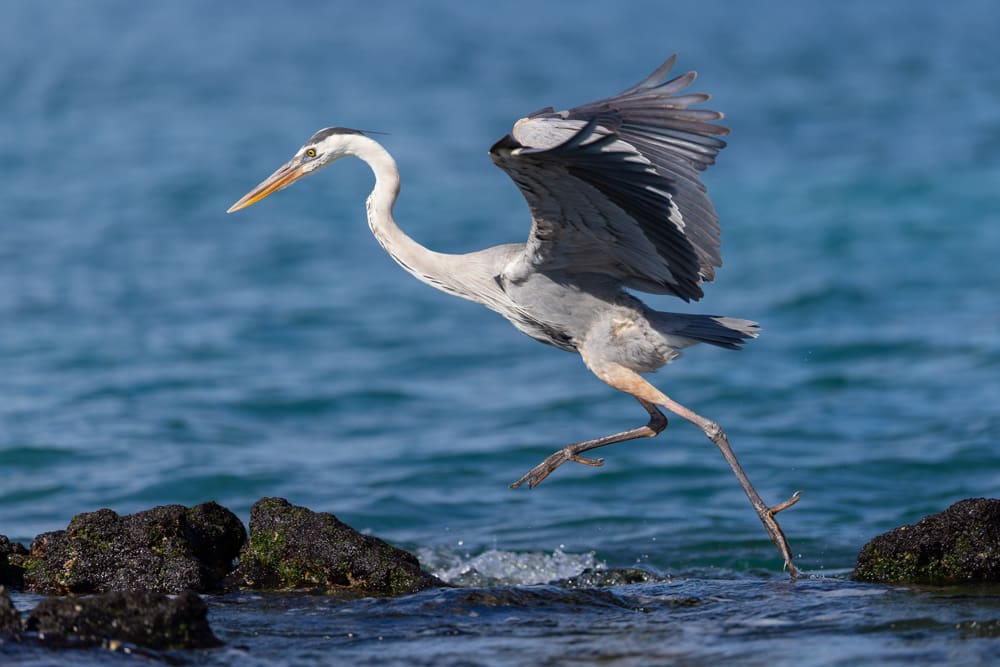
CANON R5 Mark II, RF 100-300MM F/2.8L IS USM @ 260MM | F/2.8 | 1/2000 SEC | ISO 100
It’s another solid entry to the 5-series line, and I expect it to be a top seller. My Complete Camera Guide for the R5 was our first big hit of a course since reorganizing my business to take control of all production elements of the business.
My latest class, the Canon R5 Mark II: Complete Camera Guide is my longest and most in-depth class to-date (12 hours in length). In other words, this is the most complex camera that I’ve ever worked with. How different is this course from the previous R5 course? It depends on what you look at. Yes, lots of features are exactly as they were before, but there’s a whole host of new things that are different or much improved – and that’s where much of the time is spent in the course — covering the new material.
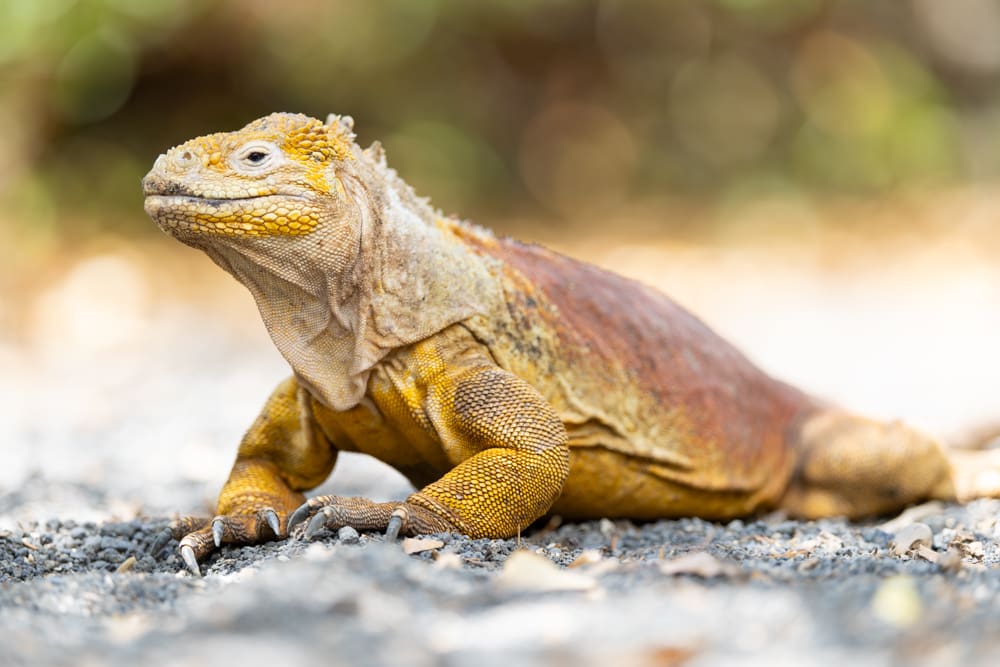
CANON R5 Mark II, RF 100-300MM F/2.8L IS USM @ 224MM | F/2.8 | 1/200 SEC | ISO 100
All in all
A strong line of 5-series cameras is good for everyone. If you use Canon, you can rely on a new, mostly cutting-edge, innovation every four years. If you’re on a budget, well, every four years a whole bunch of great cameras will be hitting the used market. If you use something other than Canon, your brand will be pushed to even better offerings from this stalwart line that I predict will continue for quite some time.
Become part of John’s inner circle
Sign up for the newsletter here — it’s free.
Want to become a better photographer?
Check out John’s selection of photography and camera classes here.
